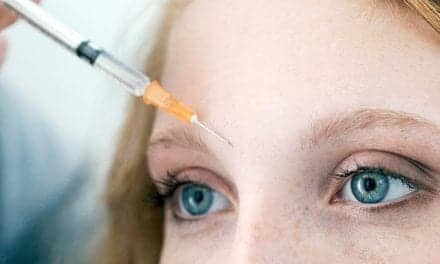
Denise Mann
Television host Katie Couric is calling this the summer of “girl power.”
She is referring firstly to a 14-year-old girl who successfully lobbied Seventeen magazine to only show images of teens and women as they really are, without airbrushing or photoshopping.
Seventeen editor Ann Shoket published a draft of the “Body Peace Treaty” in the August 2012 issue. The magazine promised to feature only “models who are healthy,” “never change girls’ body or face shapes,” and provide more transparency about its photo shoots by posting images of the shoots on the magazine’s Tumblr blog.
Now two 15-year-old girls are taking Teen Vogue to task and asking them to “keep it real.”
This is a big deal, and it reflects growing sentiment among young girls, boys, parents, health educators, health professionals, teachers—and really anyone who interfaces with children and young adults.
Many of today’s young girls (and likely boys) feel pressure to look, well … photoshopped (ie, flawless). These often-unrealistic images in the media add fuel to the fire, and can make an already self-conscious tween or teen feel even more insecure. As a result, there have been surges in eating disorders, anxiety disorders, and mental health problems in today’s youth. A new report by the Substance Abuse and Mental Health Services Administration showed that depression rates triple between the ages of 12 and 15 among adolescent girls. Bullying—which is often based on appearance—is also out of control, and can have fatal consequences. This desire to look perfect is also likely fueling reported upticks in teen plastic surgery.
Reconstructive procedures addressing functional issues are one thing, but what type of message does Botox as a high school graduation gift really send?
Does it level the playing field or merely distort it?
The welcome editorial policy changes at popular teen magazines affect more than just teen girls. They call into question our very ideals of beauty. (We are shying away from overdone glamour of the heroines in HBO’s Sex and the City and veering more toward the authenticity seen among the leading ladies of HBO’s latest hit, Girls.)
This has trickled down to plastic surgery and plastic surgeons. Once tasked with sculpting the perfect features, cosmetic doctors have also been traversing toward more natural-looking results. This trend shows that the “keep it real” sentiment is also leaving its footprint on the cosmetic surgery industry as well as the media and the entertainment industry. From breast augmentation to facelifts, patients are seeking subtlety, and surgeons, by and large, are meeting this mark. (Of course, there are always outliers and the women—and men—who rely on them.)
There’s nothing wrong with a little Botox, a nip here or tuck there, or even a full-on overhaul. The issue is more about transparency, honesty, and integrity. For a plastic surgeon, this starts with showing only authentic before-and-after photos, and making sure any prospective patients have realistic expectations and are undergoing the procedures for the right reasons.
Society is changing, and the only way that a specialty that prides itself on beauty and artistry can remain relevant is to embrace these changes and keep it real. You go, girls!




